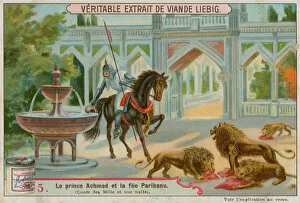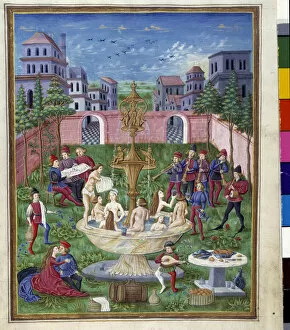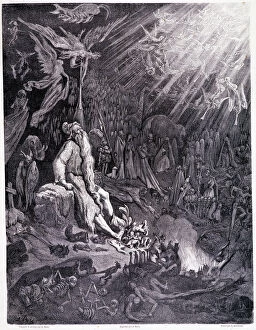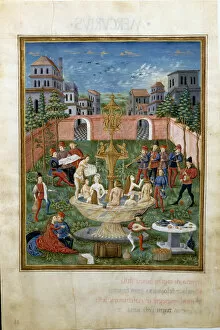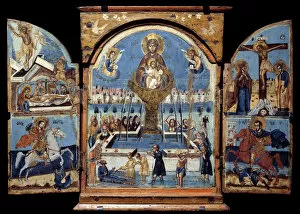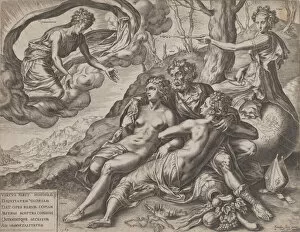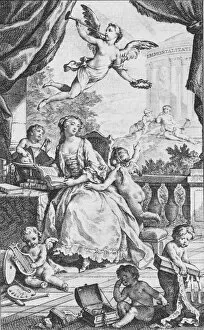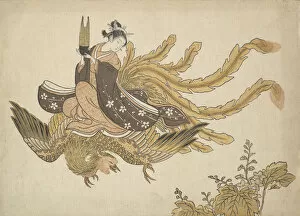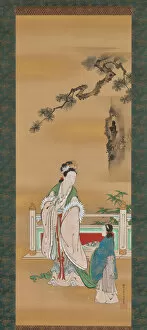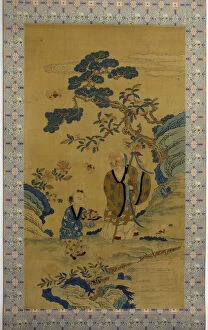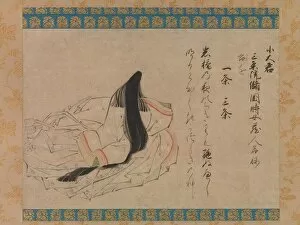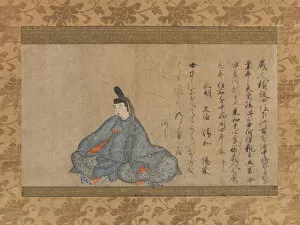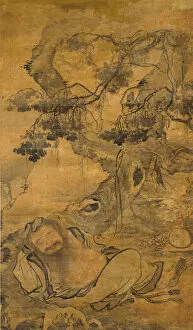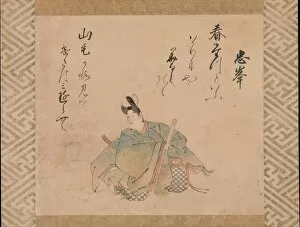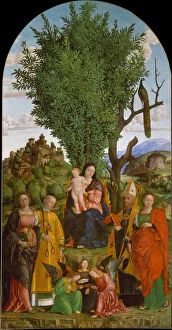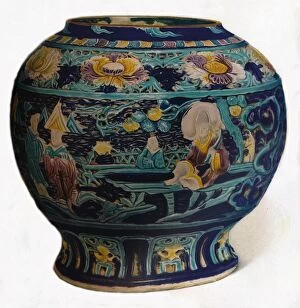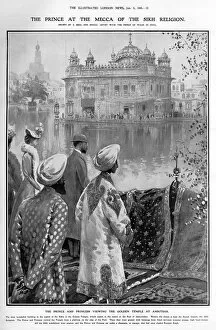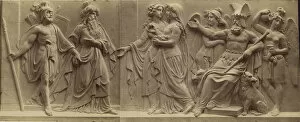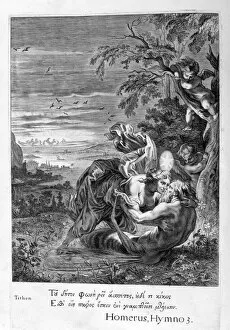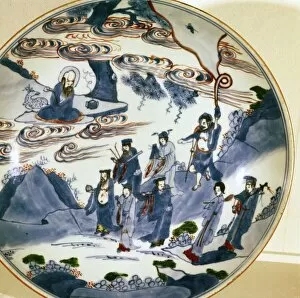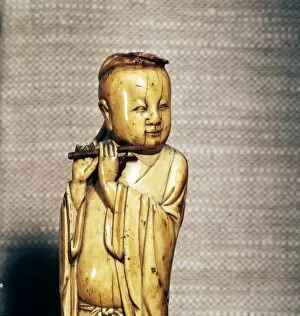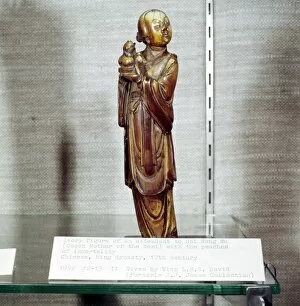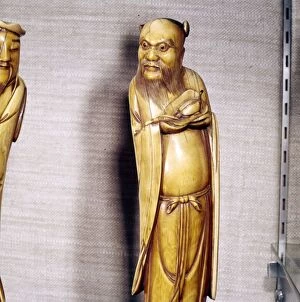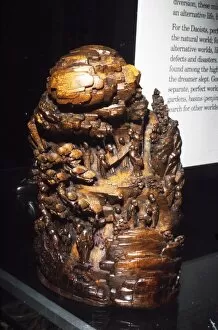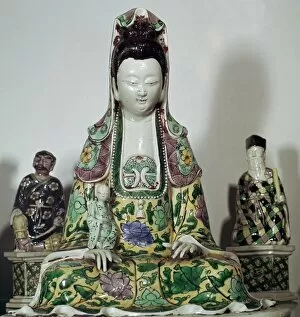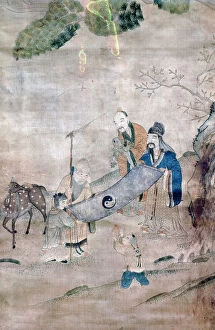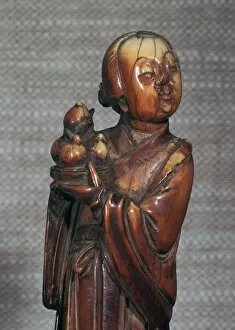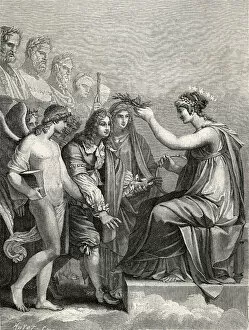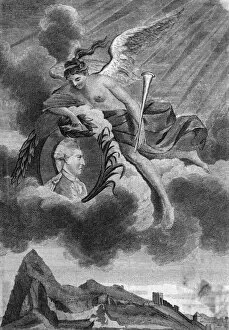Immortality Collection (#4)
"Journey to Immortality: Exploring the Eternal Essence of Life" Step into the enchanting realm as we embark on a captivating journey through time and culture
For sale as Licensed Images
Choose your image, Select your licence and Download the media
"Journey to Immortality: Exploring the Eternal Essence of Life" Step into the enchanting realm as we embark on a captivating journey through time and culture. Our first stop takes us to The Golden Temple in Amritsar, 1913, where spirituality intertwines with the concept of everlasting life. Amitaba Buddha manifests as Boundless Life, gracefully holding a vessel containing the elixir of eternity. This depiction symbolizes the pursuit through spiritual enlightenment. Intriguingly, Gama Sennin and his three-legged toad from 18th century Edo period Japan remind us that they are be found even in unexpected places. Their mythical presence signifies longevity and wisdom beyond mortal boundaries. The delicate beauty of Lilies of the Valley further hints at purity and renewal - qualities often associated with eternal existence. These flowers whisper secrets about nature's cyclical patterns and its promise for rebirth. But wait. Is there truly an "IMMORTALITY FOR SALE"? Such audacious claims may lure those seeking eternal life, but perhaps true immortality lies not in material possessions but within our own souls. As we delve deeper into history, we encounter The Eight Immortals Crossing the Sea (1922), their legendary voyage symbolizing transcendence over earthly limitations. Unknown creators immortalize these figures who embody virtues such as perseverance and compassion. Even George, Prince of Wales himself was captivated by Amritsar's allure in 1906 - a testament to how this quest for everlasting life transcends borders and cultures alike. Tani Buncho's masterpiece from 1828 introduces us to The Eight Immortals of the Wine Cup; they toast to longevity while reminding us that joyous moments shared with loved ones can create timeless memories that live on forever. Mythology also offers glimpses into immortality: Aeneas made immortal by Venus showcases divine intervention, highlighting the belief that gods can grant eternal life to mortals.

